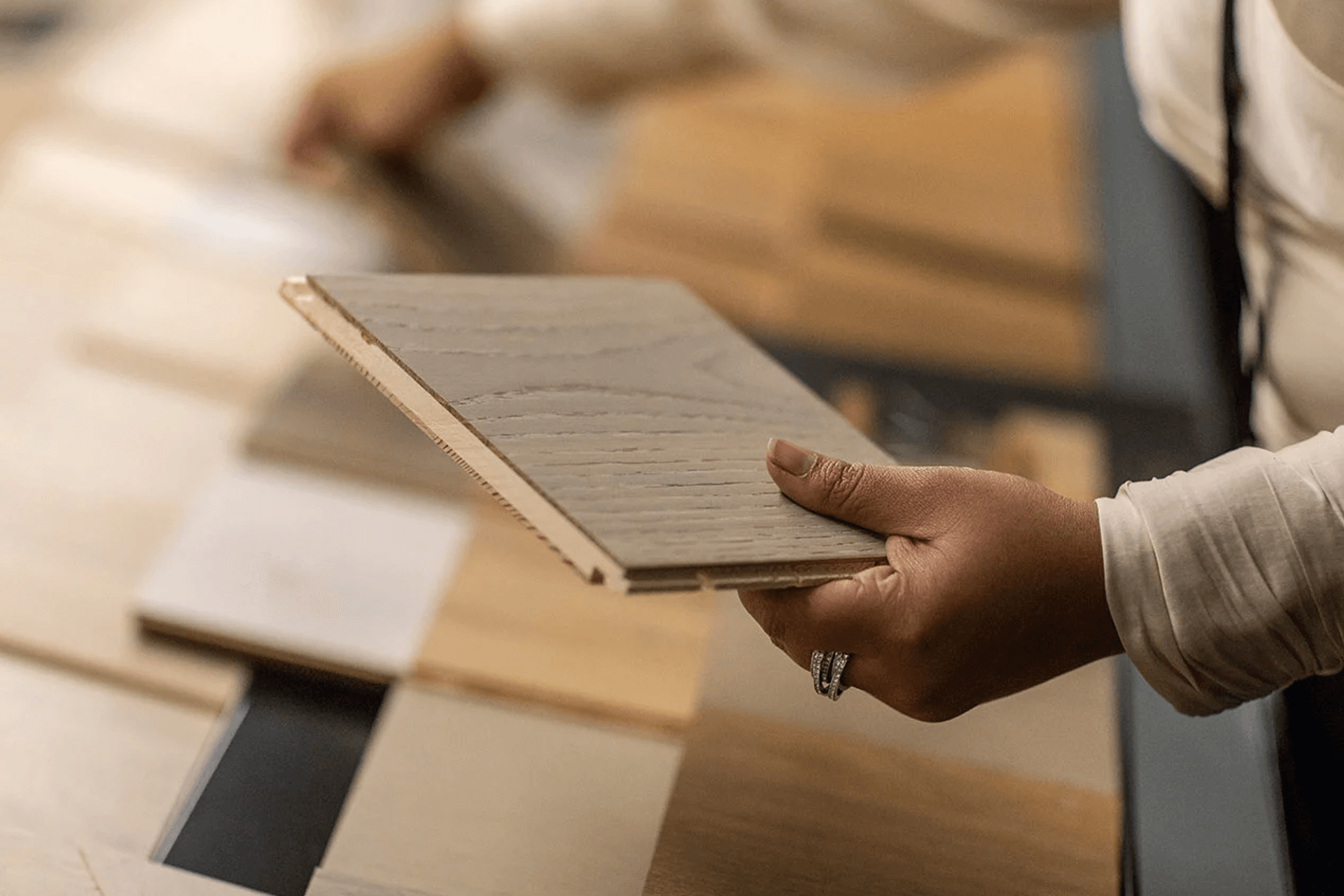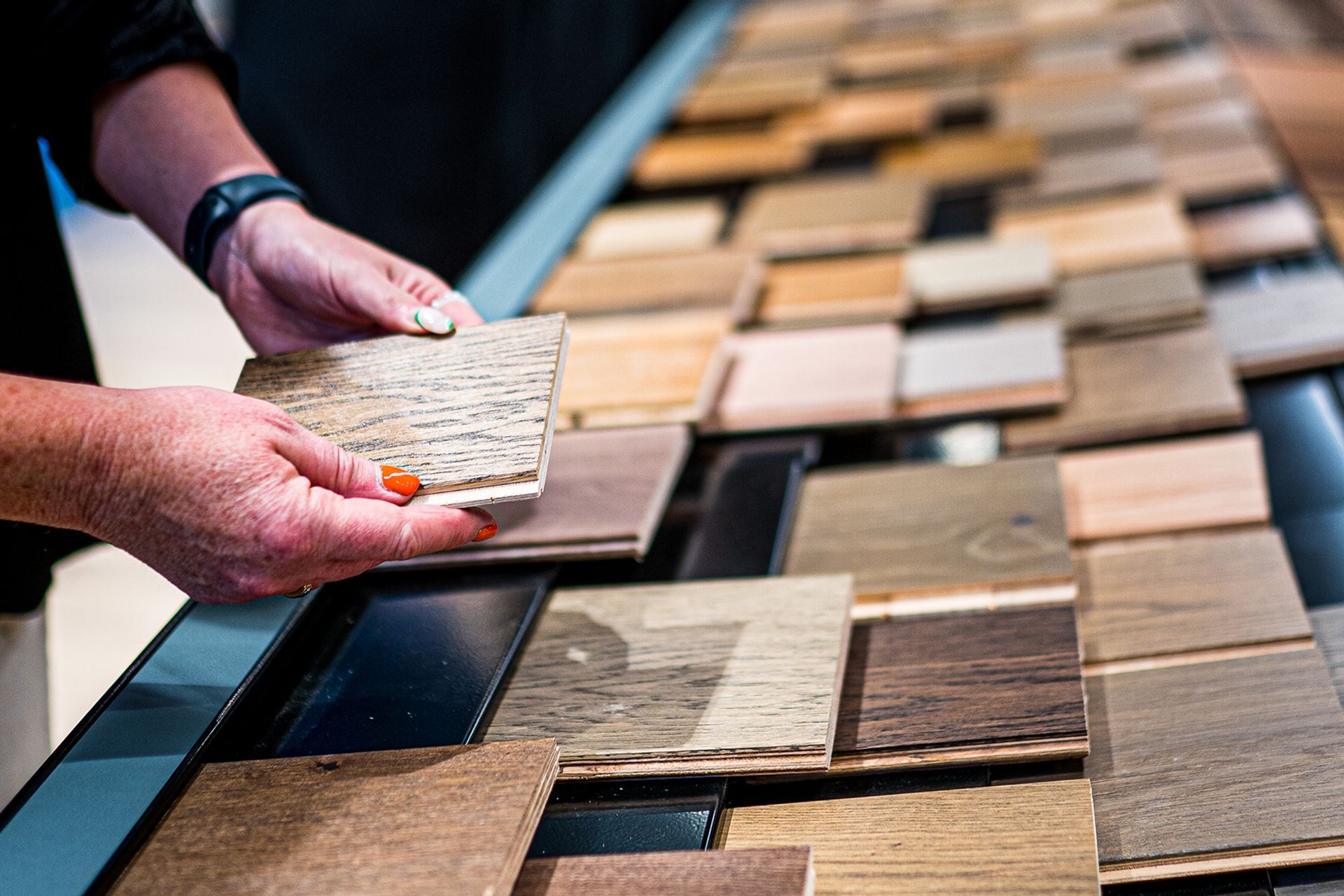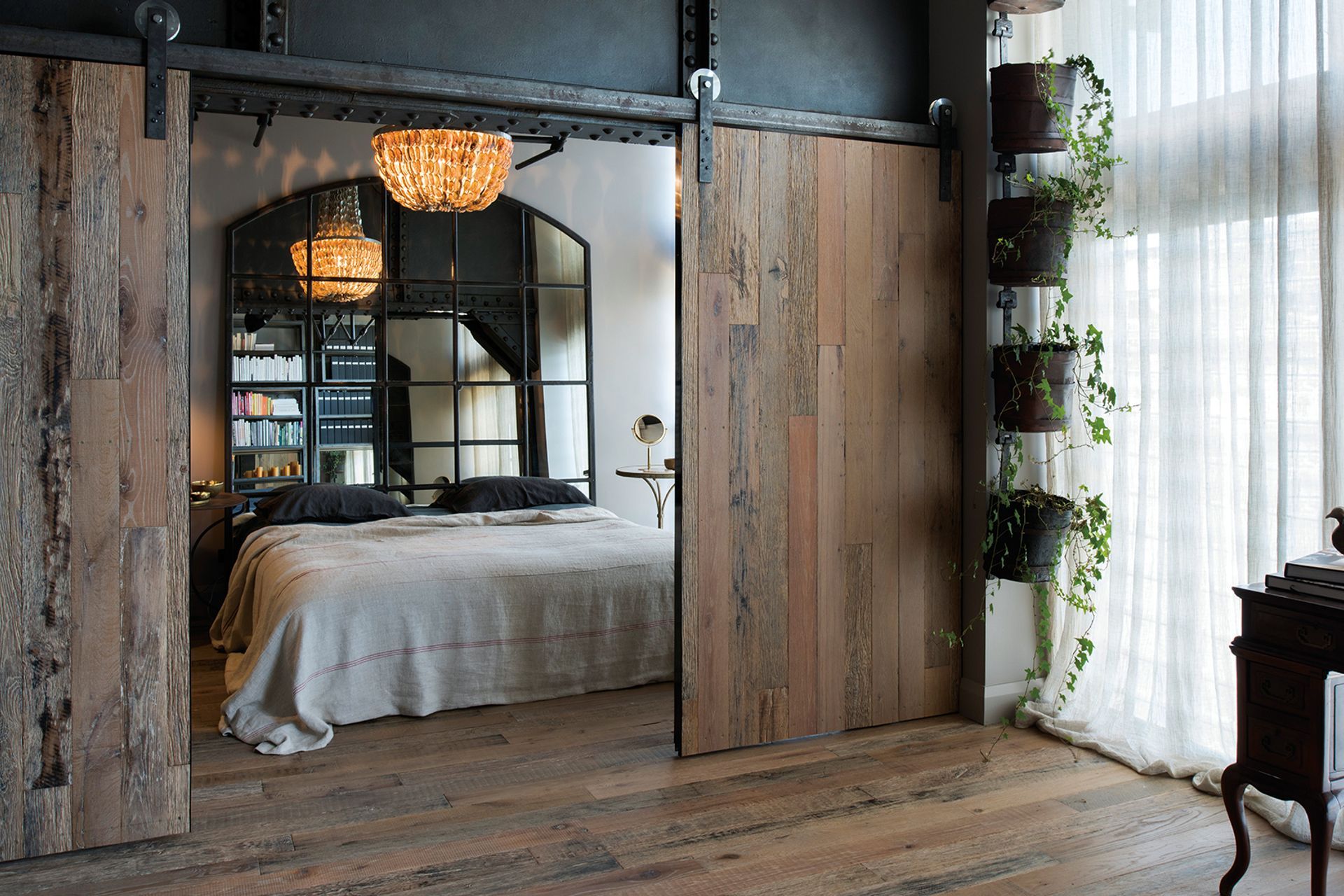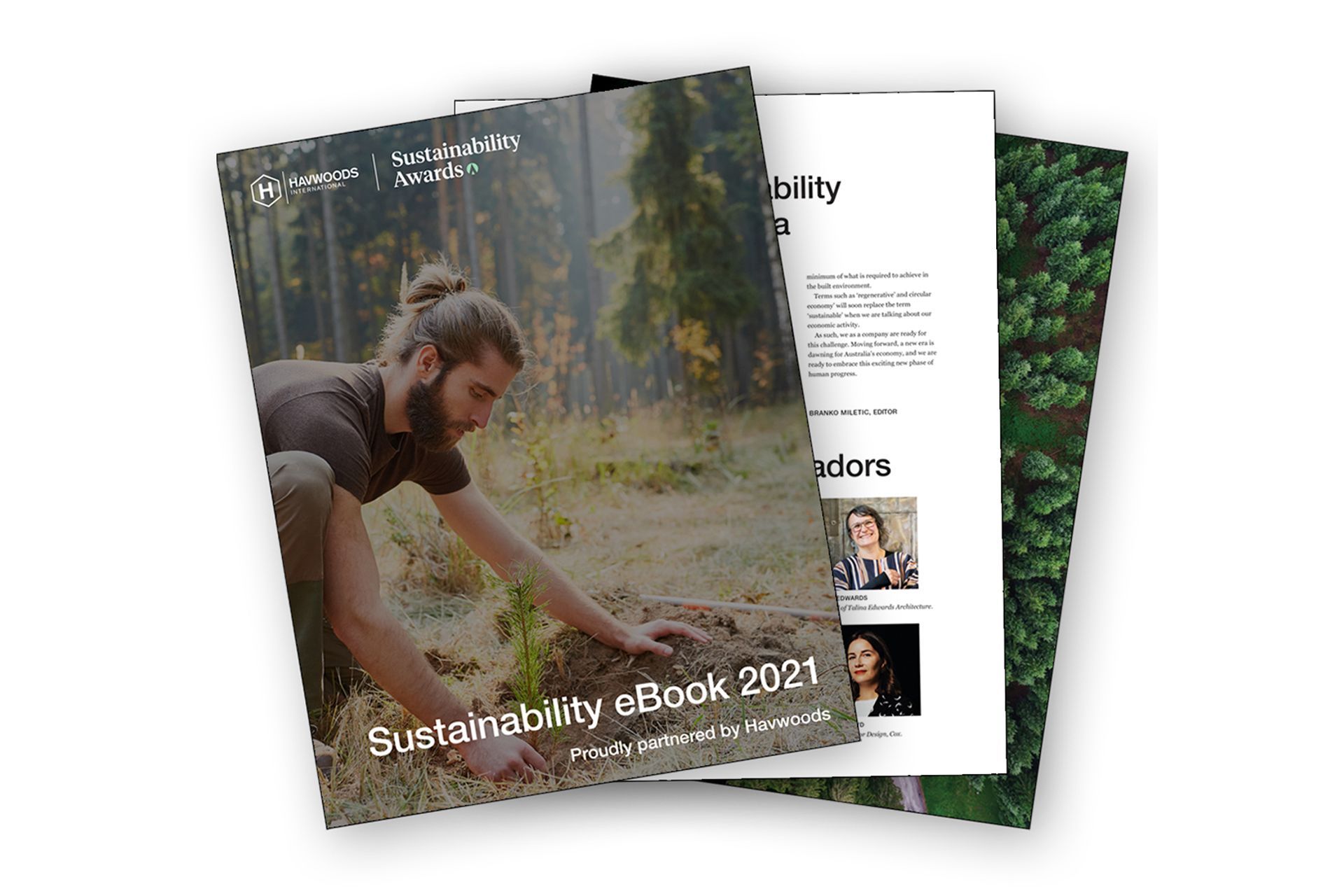Eco Labels and Reclaimed Wood: The Different Faces of the Sustainable Timber Flooring Industry

With sustainability front of mind for a staggering majority of architecture and design professionals, the industry - rightfully so - tries to look ahead to predict the environmental impact of their projects. But in a conversation with Architecture & Design and the team at Havwoods, we take a moment to look down - at the floor, to be precise - and talk about the importance of eco-labelling when specifying flooring products, and how reclaimed timber flooring combines storytelling with environmental considerations.
*Article written by Architecture & Design in partnership with Havwoods for the Sustainability Awards & Summit 2021, Sustainability eBook which you can download here.

Architecture & Design Sit Down with Havwoods to Discuss the Importance of Eco Labelling
Sitting down with an unquestionable leader in sustainably sourced timber flooring offers valuable insight into key considerations one should keep front of mind in a bid to create a considered interior. Eco-labelling is promptly brought up as the most reliable way to ensure timber has been sustainably - and responsibly - sourced and manufactured.
“If timber is illegally sourced and uncertified, then going with wood over another material will increase deforestation,” says Jessica Hall, Havwoods’ Digital Marketing Manager. “But if you choose responsibly sourced and certified products, the certifications cover everything - from ensuring that every tree that is cut down is re-planted to managing the actual environment of the wildlife to ensuring they employ local folk - and they get a fair salary.”
“When it comes to sustainability, eco labelling is very important for architects, designers, specifiers, builders, consumers - and anybody else that is interested or involved,” explains Brent Calow, Strategic Accounts Manager at Havwoods. “The most common eco-labels are the Forest Stewardship Council® (FSC®), the Programme for the Endorsement of Forest Certification (PEFC), and obviously Cradle To Cradle Certified™, which covers more than just forestry management. They take into account energy use, water usage, and socio-economic conditions of workers amongst other considerations.” As transparent, non-for-profit organisations, they are a superior source of impartial information within the sustainability space.

With 65% of Havwoods’ global products currently certified - and the brand’s ambition to get to 80% by the end of this year, Havwoods offers the world’s largest range of independently certified, sustainably sourced timber flooring. Venture Plank, with all products Cradle to Cradle Certified™ Silver, the FSC® certified (C009500) PurePlank range and Italian Collection - or all of the Valour UV oiled products that are both FSC® certified (C009500) and Cradle To Cradle Certified™ Silver. The brand, of course, has the official paperwork to back these certifications up.
Reclaimed Timber as a Sustainable Design Resource
However, while certifications are undoubtedly vital in validating a product’s sustainability profile, there are products that offer significant environmental benefits, whilst being quite challenging to certify - such as reclaimed timber. Jessica explains that reclaimed timber is wood that had a previous life as something else before it became a Havwoods product. “For example, the products we stock in Australia have been sourced from old European barns that had been essentially falling down,” she explains. The origin and rustic, the aged character of reclaimed timber are precisely what makes it popular, in hospitality venues in particular - however, the origin is very difficult to trace due to age and so difficult to certify. “As part of sustainable forestry management, the certification process requires an unbroken chain of custody through every step of the timber’s lifecycle,” continues Brent. “With reclaimed timber, it’s effectively impossible to get a sustainable certification on that product by the simple fact that you’ll never be able to find out where that original tree came from.”
In that sense, reclaimed timber is not sustainably certified - but that doesn’t mean it’s not sustainable. By utilising reclaimed wood, Havwoods give another life to timber that otherwise would have gone to landfill, been burnt, or rotted in the ground - which would have negative implications from a sustainability point of view. “The longer timber stays as a physical product and not rotting, the longer it holds the CO2 out of the atmosphere,” explains Jessica. With CO2 emissions recognised as one of the biggest causes of climate change, utilising wood in a product form for as long as possible is as important as ensuring the wood we choose is sourced from responsibly managed forests and produced using eco-friendly processes.
EXPLORE RECLIAMED AND REPRODUCTION RECLAIMED TIMBER PRODUCTS

Havwoods Lead the Way in Sustainable Timber Flooring
While Havwoods strives to meet sustainable outcomes through certification processes, they aim for positive environmental outcomes where that’s not necessarily possible too. As a result, the leading supplier of sustainable timber flooring on a global scale offers an array of high-quality products that are bound to elevate their projects’ sustainability profile - whether they carry an associated certification or evoke the memories of the distant European past instead.



